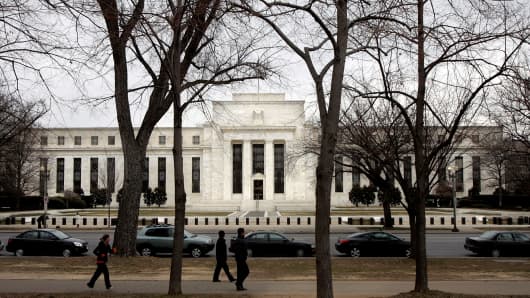Please note that these liquidity withdrawals are liquidations of the Fed's Treasury debt holdings. That is done by allowing the maturing debt instruments to roll off the Fed's balance sheet, and by outright bond sales through open market operations.
Guarding the safe haven
So far, there has been no damage to bond prices, mainly because the Fed was selling at the time when concerns about deteriorating developing economies, Europe's unfolding migrant/refugee crisis, and security issues in the Middle East and East Asia made U.S. fixed-income assets look like the only remaining safe-haven investments.
That is still the case. The U.S. Treasury's benchmark ten-year note was trading last Friday at a yield of 1.92 percent, down from its recent peak of 2.29 percent at the end of December 2015.
Predictably, a portfolio shift of this magnitude was bound to cause huge losses in U.S. equity markets.
And that story is not over yet for two main reasons. First, speculations about the cyclical position of the Chinese economy and its structural difficulties will probably intensify. Second, the Fed is blamed for the slow growth of the U.S. economy, and for an allegedly brewing financial debacle – a replay, we are told, of the last crisis and the ensuing recession.
Financial markets seem puzzled by China's policy-driven change in the composition of its economic growth. That has now gone to the point where official economic indicators are dismissed in favor of alternative estimates purporting to show the economy's hard landing under an unmanageable debt burden.
These fairy tales will go on while China celebrates its Spring Festival the whole month of February. Hundreds of millions of people are on the move in high-speed trains where, according to media reports, more than 80 percent of the tickets were purchased online. Passengers apparently were also offered an option to order, along with their tickets, that quintessential American brew (Starbucks), noodles, dim sum, etc., to be delivered to their seats by stylishly clad stewardesses.







